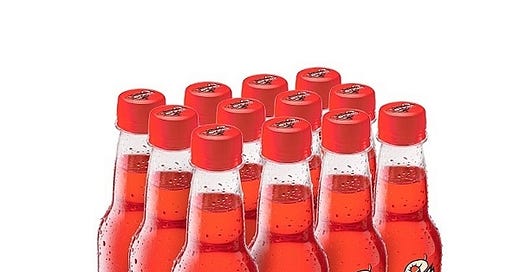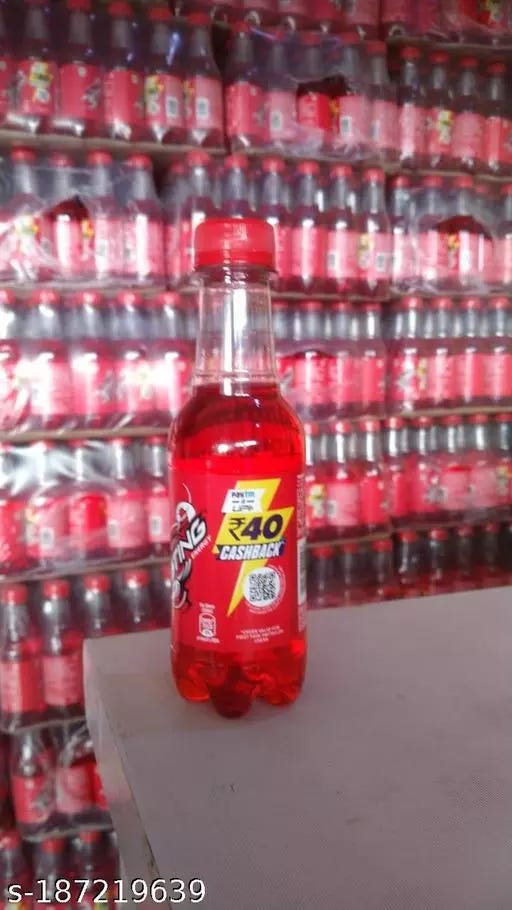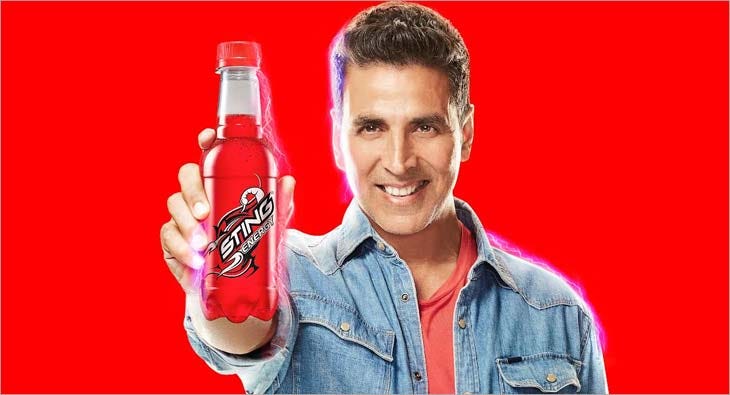#3 Inside PEPSICO's Profit Machine - STING ENERGY DRINK
What's so special in STING that it has become the fastest growing drink under the Pepsico umbrella?
I've been drinking Sting since my second year of college when a friend introduced it to me. At one point, I was having a bottle of Sting every day. I used to dislike energy drinks, but Sting changed that for me. But how did it do that?
In 2009, Red Bull entered the Indian market after India's World Cup victory in 2007. Fitness was becoming popular, and energy drinks were all the rage. However, there was a problem: Red Bull was expensive, and not many young people could afford it. This is where PepsiCo saw an opportunity. There was a market in India for more affordable energy drinks, and nobody was filling that gap. So, PepsiCo decided to create a new category of low-priced energy drinks.
Launching a new brand in India can be tough because people here become attached to the products they've been using for a long time. But Pepsi had something special: data. Pepsi had been in India since 1989 and knew three crucial things about the Indian market:
What flavors people liked.
How much they were willing to pay.
How they consumed these kinds of drinks.
Pepsi had a similar experience with Sting in Vietnam. After launching there in 2002, Sting remained popular for 20 years. Learning from this, they brought Sting to India.
The most important reason for Sting's success was being the first mover. PepsiCo created a new category in India: low-priced energy drinks.
Indians are cautious about trying new food and drink brands. So, PepsiCo focused on three things:
Taste: They made sure Sting tasted great and was affordable. Importantly, they didn't reduce the caffeine content to cut costs. Sting's ingredients were almost the same as Red Bull and Monster. PepsiCo kept their profit margins low to gain market share.
Distribution: PepsiCo's distribution network in India is massive. They simply asked stores that already stocked their products to carry Sting as well.
Advertising: Sting used funky ads to build brand recognition. When people saw Sting in stores, they remembered the ads and wanted to buy it.
But is Sting really good for its consumers? Like other energy drinks, it contains caffeine and sugar, which can be harmful. Caffeine gives you an instant energy boost, and you may crave more, leading to addiction.
So, why is Sting more dangerous than Red Bull or Monster? Red Bull is expensive, and if someone wants an energy boost for Rs 100-125, they have other options like strong coffee or beer. But Sting is priced at Rs 20, making it the only affordable choice in its category.
Sting is a great case study for business schools and a reminder for hospitals about the importance of monitoring energy drink consumption.







